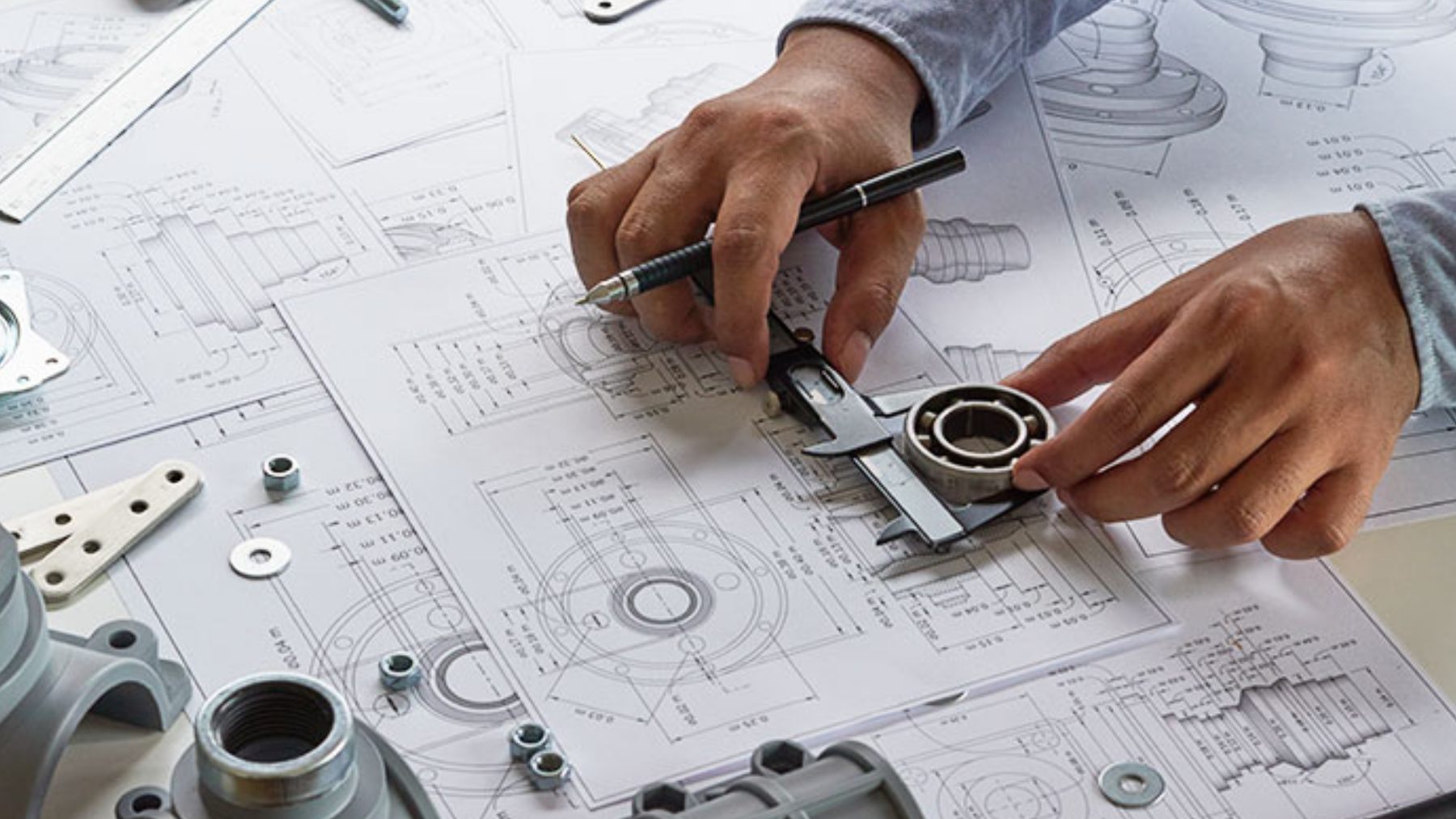
Design For Manufacturing (DFM) Support
What Is DFM?
Design for Manufacturability is a product design ideology that focuses on creating a better design at a lower cost by optimising the selection of materials and manufacturing processes. Following these guidelines, the final product should be easier to manufacture and the production should take less time when compared to the original design.
DFM helps us analyse the different aspects of design and manufacturing processes in the light of many prudent principles. It provides new ideas and techniques to bring about a positive change in product design to benefit all the involved parties (designer, manufacturer and customer). Such an advanced manufacturing simulation was once a pipe dream due to the lack of available tools and manufacturing processes. This is no longer the case. Today, with advanced digital manufacturing simulation tools and low-cost fast manufacturing processes, such as additive manufacturing, it is easier to carry out extensive simulations and even create physical iterations
for specific products.
These tools enable deep DFM modeling and real-world testing at a fraction of the original cost. Thus, an increasing number of manufacturers are integrating DFM into their organizations to reap its many benefits.
DFM Applications
There is a range of reasons why DFM is so invaluable in the competitive markets of the present day. Let’s take a look at how following DFM principles can result in an efficient design and manufacturing setup. With DFM, we can:
- Build realistic cost models in line with product objectives
- Minimize manufacturability issues so that the product can be manufactured quicker and in a more economical way
- Create an efficient design that leaves room for potential design changes in the later stages without a huge cost.
- Ascertain unnecessary design features that add costs and eliminate them
- Drive down supplier bids by modifying the design using DFM principles
DFM Principles
In this section, we shall learn about the different avenues on which the designer must focus when creating a DFM-friendly product. Optimising each one of those areas will ensure that the product, as a whole, becomes the very best version of itself. These five focus areas are:
- Manufacturing process
- Product design
- Product material
- Service environment
- Testing and compliance with various standards
